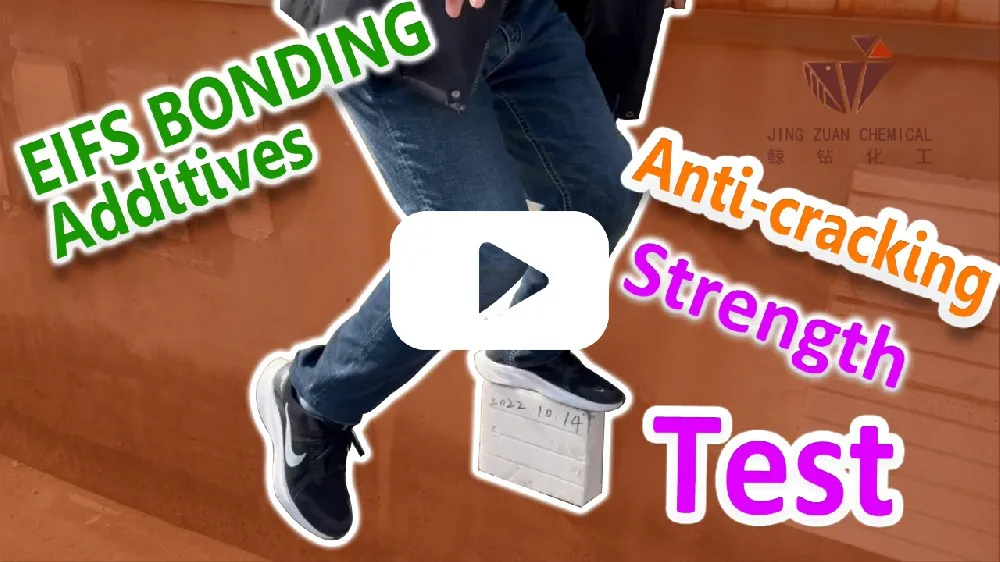
Sep . 07, 2024 14:17 Back to list
Premium Mortar Adhesive Additive for Superior Bonding
The Role of Mortar Adhesive Additives in Construction
Mortar is a mixture typically composed of cement, sand, and water, essential for binding bricks and stones in construction projects. However, with evolving construction practices and increased demands for efficiency and durability, the incorporation of adhesive additives has become increasingly significant. Mortar adhesive additives enhance the performance and application of mortar, catering to various construction needs.
One of the primary functions of mortar adhesive additives is to improve the adhesion properties of the mortar. Traditional cement mortar may not provide sufficient bond strength, especially in environments exposed to moisture or extreme temperatures. By integrating specialized additives, such as polymers and latex compounds, the adhesive qualities of the mortar are enhanced. These additives create a more flexible and cohesive mixture, allowing for better bonding with different substrates, including non-porous materials.
In addition to improving adhesion, these additives can also contribute to the workability of the mortar. Workability refers to how easily a mortar mix can be handled, applied, and finished. Additives like plasticizers reduce the viscosity of the mixture, making it easier to spread and manipulate during application. This ease of use is particularly beneficial in complicated masonry projects that demand precision, ensuring that the mortar can be conveniently applied between joints and surfaces.
mortar adhesive additive

Another critical aspect where mortar adhesive additives play a vital role is in increasing the durability and longevity of completed structures. Mortar that incorporates additives exhibits improved resistance to environmental factors such as moisture, temperature fluctuations, and chemical exposure. For instance, formulations with hydrophobic additives repel water, preventing moisture ingress that can lead to structural damage over time. This enhanced durability not only extends the lifespan of the masonry work but also reduces maintenance costs for building owners.
Moreover, mortar adhesive additives can facilitate faster setting times, which is crucial for meeting project deadlines. Quick-setting additives allow the mortar to gain strength within a shorter period, enabling subsequent construction activities to proceed without unnecessary delays. This efficiency is particularly valuable in large-scale projects where time is a critical factor.
Furthermore, the addition of additives can also improve the aesthetic quality of mortar. Colored additives provide the opportunity to achieve a wide range of shades, allowing architects and designers greater flexibility in the visual aspects of a building. This aesthetic enhancement can be a deciding factor for many projects, as it contributes to the overall appeal of the constructed structure.
In conclusion, the incorporation of mortar adhesive additives into construction practices has revolutionized traditional masonry work. By improving adhesion, workability, durability, setting times, and aesthetics, these additives play a crucial role in ensuring the efficiency and effectiveness of modern construction projects. As the industry continues to evolve, the use of specialized mortar formulations will likely expand, catering to increasingly sophisticated materials and techniques. Thus, understanding and utilizing these additives is essential for any construction professional looking to enhance the performance of their masonry work in today’s demanding construction landscape.
-
Versatile Hpmc Uses in Different Industries
NewsJun.19,2025
-
Redispersible Powder's Role in Enhancing Durability of Construction Products
NewsJun.19,2025
-
Hydroxyethyl Cellulose Applications Driving Green Industrial Processes
NewsJun.19,2025
-
Exploring Different Redispersible Polymer Powder
NewsJun.19,2025
-
Choosing the Right Mortar Bonding Agent
NewsJun.19,2025
-
Applications and Significance of China Hpmc in Modern Industries
NewsJun.19,2025







